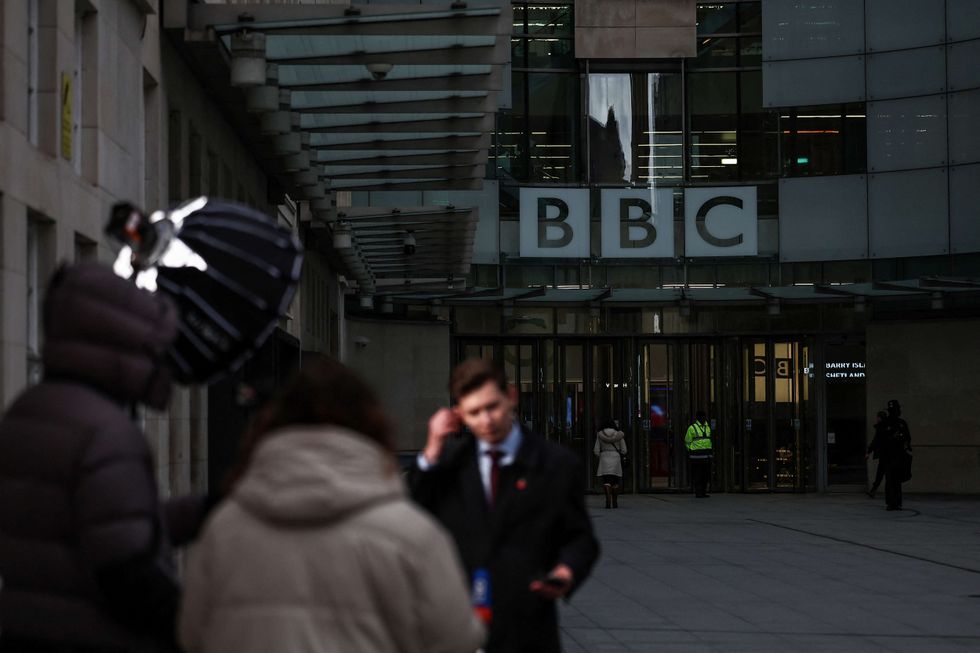Indus Valley Civilisation
Indus Valley civilisation (3300 BC-1900 BC) is one of the oldest ancient civilisation in the globe which is believed to have originated around the basins of Indus River. The civilisation was spread on an area of the present day Northeast Afghanistan to Pakistan and Northwest India. This is the most widespread civilisation covering a region of 1.25 million kilometres. Indus valley civilisation along with ancient Egypt and Mesopotamian, was one of three earlier civilisations of the ancient world, and of the three the most widespread. Evidence for an advanced urban culture, sophisticated engineering and technology was found during the excavation making Indus valley as the first urban centre of the region.
Mesopotamian Civilisation
Mesopotamian civilisation is also known as the first civilisations in the globe existed during the period between 3500BC to 500BC. According to the experts, the civilisation originated in the northeast by the Zagros Mountains, southeast by the Arabian Plateau on the area covering present-day Iraq, Syria, and Turkey. The origin of the civilisation dates back to 3500 BC and there is no known proper evidence of any other civilised society before Mesopotamian civilisation. According to the experts, the timeline of ancient Mesopotamia is believed to be around 3300 BC-750 BC.
Ancient Egypt
Ancient Egypt is one of the best examples for the culturally richest civilisations in the ancient world. The timeline of the ancient Egyptian civilisation is held between 3100 BC-2686BC as experts believe that the civilisation coalesced around 3150 BC on the area of present Egypt. The civilisation was originated on the banks of the River Nile. The ever standing pyramids and the Sphinx are the best examples for engineering skills of people of ancient Egypt. Ancient Egypt has given us a number of wonders including ever standing pyramids, the mummies of the ancient Pharaohs, the first solar calendars, Hieroglyphics, and many others.
Mayan Civilisation
Mayan civilisation originated near present-day Yucatan and was spread on an area of Yucatan, Quintana Roo, Campeche, Tabasco, and Chiapas in Mexico, and other areas of the region. The timeline of the civilisation is held to be around 2600 BC-900 AD. The Mayan people are still known for their knowledge of Astronomy. The ancient Mayan civilisation began in Central America from about 2600 BC. The civilisation had a booming population of about 19 million during its peak time. By 700 BC, the Mayans had their own system to write which they applied to carve their own solar calendars on stones. The ancient Mayans were culturally and technologically-rich when compared to the many contemporary civilisations. The Mayans constructed the pyramids bigger than those in Egypt. The sudden disappearance of sophisticated Mayan civilisation is still a mystery for the researchers.
Chinese Civilisation
Chinese civilisation is the fifth oldest known civilisation in the ancient world. The period of the civilisation lies between 1600 BCE and 1046 BCE in the present day China. Experts believe that Chinese civilisation born at Yellow River and Yangtze region and is still known for the invention of paper and silk. Gunpowder, canons, the compass, and many others are some of the major inventions of people of ancient China. The Yellow river civilisation is the base for ancient Chinese civilisation. Around 2700 BC the legendary Yellow Emperor began his rule. Later number of dynasties ruled mainland China till the end of Qing dynasty in 1912 AD with the Xinhai revolution.





 BBC stands by Israel in Eurovision dispute as four nations walk out over Gaza deaths Getty Images
BBC stands by Israel in Eurovision dispute as four nations walk out over Gaza deaths Getty Images  Yuval Raphael representing Israel walks on stage during the Grand Final of the 69th Eurovision Song ContestGetty Images
Yuval Raphael representing Israel walks on stage during the Grand Final of the 69th Eurovision Song ContestGetty Images Offices of British broadcaster BBC in LondonGetty Images
Offices of British broadcaster BBC in LondonGetty Images Stage during the first semi-final of the 65th edition of the Eurovision Song Contest 2021Getty Images
Stage during the first semi-final of the 65th edition of the Eurovision Song Contest 2021Getty Images






